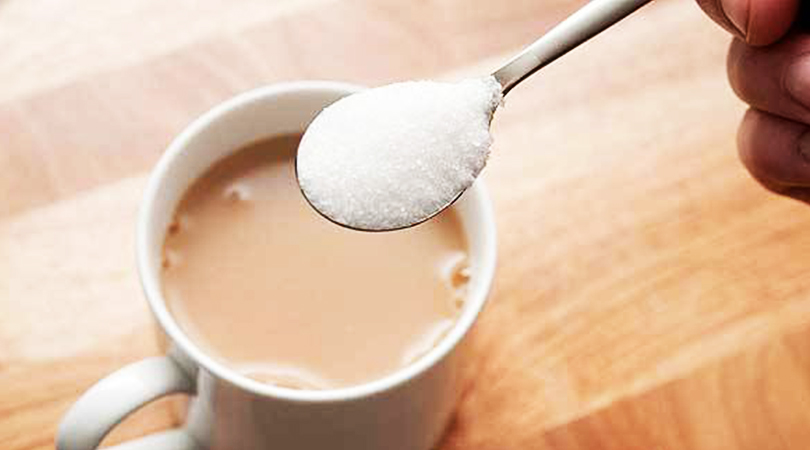CRI Report has released a report titled “High-intensity sweeteners Market – Analysis of Market Size, Share & Trends for 2019 – 2020 and Forecasts to 2030” which is anticipated to reach USD 11.93 billion by 2030. According to a study by CRI Report, the market is anticipated to portray a CAGR of 3.2% between 2020 and 2030. According to the report, the manufacture and consumption of diet carbonated soft drinks and low-calorie foods drive the global demand for high-intensity sweeteners. Furthermore, these sweeteners are used to make diet soft drinks, low-calorie yogurts, and sugar-free jams taste like their regular counterparts. Furthermore, rising health concerns such as obesity, diabetes, and cardiac arrest have prompted customers to change their habits and adopt a healthy, low-calorie eating pattern. Furthermore, the demand is being fueled by an increase in the use of Stevia extracts as high-intensity sweeteners in food and beverage health items.
The market report on global High-intensity sweeteners Market includes in-depth insights as:
- The estimated value of the market was USD 6.78 billion in the year 2020.
- Global High-intensity sweeteners in North America held the largest market share in the year 2020.
- Global High-intensity sweeteners market is segmented by type into Aspartame, Acesulfame, Sucralose, Saccharin, Cyclamate, Stevia, and Others.
- Global High-intensity sweeteners market is divided by application into Beverage, Food, Health Care, Tabletop Sweeteners, and Others.
- Key players are likely to focus on product innovations and expansion through mergers to retain their positions in developed markets.
“The global demand for high-intensity sweeteners is being driven by the booming food and beverage industries. Sugar substitutes are widely used in the food industry, including bakery, confectionery, frozen foods, and RTE foods. The growing use of high-intensity sweeteners in soda is fueling the global demand for high-intensity sweeteners. The consumption of beverages is rapidly growing, especially among millennials. The use of sugar substitutes in the beverage and convenience food industries is a major driver of industry development, especially in emerging markets such as Asia Pacific and Latin America. The market’s expansion is also aided by increasing consumer disposable income in Asian countries”, said a lead analyst at CRI Report.
High-intensity sweeteners are sugar substitutes required in lower concentrations than other sweetening agents, such as sucrose, and comprise lesser calorie content. Aspartame, for example, is 160-220 times sweeter than sucrose and is classified as a high-intensity sweetener. Moreover, these sweeteners are commonly used in the foods to prevent dental caries and foods eaten by diabetics as these inhibit dental caries and prevent rise in blood sugar levels. Furthermore, diabetics also use these sweeteners due to their low-calorie content.
Global High-intensity sweeteners market is divided by application into Beverage, Food, Health Care, Tabletop Sweeteners, and Others. Over the forecast period, the Beverage segment is projected to expand at the fastest pace. Sugar-free diet drinks (low-calorie and zero-calorie) are becoming more popular among health-conscious people, diabetics, and athletes. These beverages aid in weight loss and improved physical health by lowering sugar consumption. Furthermore, the non-carcinogenic effects of HIS have led to a rise in the use of high-intensity sweeteners, as well as a decrease in the symptoms of endocrine disorders like Type 2 Diabetes, cardiovascular attacks, and metabolic syndrome.
Key Players in the Market
- Some of the key players operating in the global High-intensity sweeteners Market are Batory Foods, Anhui Jinhe Industrial Co., Ltd., Beijing Weiduo Chemical Co., Ltd., Golden Time Chemical Co., Ltd., Monk Fruit Corp., Hill Pharmaceutical Co., Ltd., Ingredion Incorporated, JK Sucralose Inc., Merisant US, Inc, and Other Prominent Players
Get Valuable Insights into Global High-intensity sweeteners Market
In the new report, CRI Report thrives to present an unbiased analysis of the global High-intensity sweeteners Market that covers the historical demand data as well as the forecast figures for the period, i.e., 2021-2030. The study includes compelling insights into growth that is witnessed in the market. Global High-intensity sweeteners market is segmented by type into Aspartame, Acesulfame, Sucralose, Saccharin, Cyclamate, Stevia, and Others. Global High-intensity sweeteners market is divided by application into Beverage, Food, Health Care, Tabletop Sweeteners, and Others. Geographically, the market is segmented into North America, Latin America, Europe, Asia Pacific, and Middle East, and Africa.

